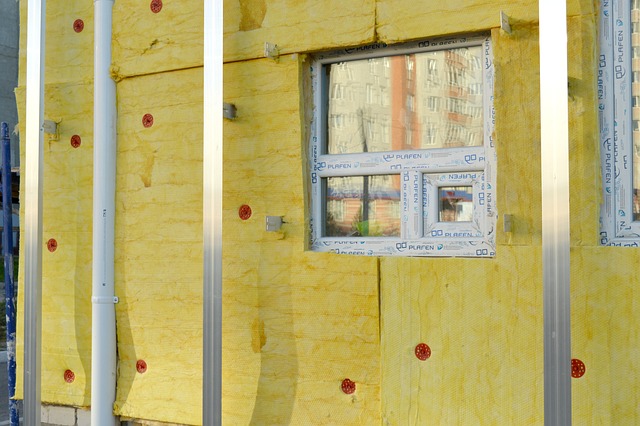Understanding the Boom in Single-Family Rental Investments
The real estate market is a dynamic entity, with trends and opportunities evolving in response to economic, societal, and technological changes. One such trend that has gained momentum in recent years is the rise of single-family rental (SFR) investments. This article examines the SFR investment trend, its historical context, current market insights, and what it could mean for both investors and renters.

A Historical Perspective on Single-Family Rental Investments
Historically, the single-family rental market consisted largely of individual investors buying one or a few properties to rent out. However, the 2008 housing crisis brought about a significant shift in this market. As many homeowners lost their homes to foreclosure, institutional investors saw an opportunity to buy up distressed properties in bulk, renovate them, and then rent them out. This led to the emergence of a new class of institutional SFR investors, which has continued to grow and evolve over the past decade.
Current Market Trends and Financial Insights
Today, the single-family rental market is booming. According to a recent report by John Burns Real Estate Consulting, the SFR market now comprises nearly 20% of the total rental market, and institutional investors own about 2% of all single-family homes in the U.S. The demand for SFRs has been driven by several factors. Firstly, the pandemic has led to an increased demand for living spaces that offer more privacy and room for home offices. Secondly, high prices and tight inventory in the housing market have made homeownership out of reach for many, increasing the demand for rental homes.
In terms of returns, SFR investments have proven to be a stable and profitable asset class. They offer the potential for both income from rents and capital appreciation from property price increases. Moreover, they tend to be less volatile than other real estate sectors, such as multifamily or commercial properties, which can be more sensitive to economic cycles.
Advantages, Challenges, and Impact of SFR Investments
Investing in single-family rentals offers several advantages. These include steady cash flow from rents, potential for capital appreciation, and diversification benefits. Moreover, SFRs can be an effective hedge against inflation, as rents and property values tend to increase with inflation.
However, SFR investments also come with challenges. These include the need for active management, potential vacancies, and maintenance costs. Moreover, while the demand for rental homes is high, so is competition, particularly in desirable markets.
The rise of SFR investments has potential implications for buyers, sellers, and renters. For buyers, it could mean increased competition and higher prices. For sellers, it could mean a larger pool of potential buyers and faster sales. For renters, it could mean more options for rental homes, but also potentially higher rents.
The Future of Single-Family Rental Investments
The single-family rental market is evolving rapidly, and its growth is expected to continue. While it presents exciting opportunities for investors, it also poses challenges and will have significant impacts on the broader real estate market. As with any investment, thorough research and careful analysis are crucial. Whether you’re a seasoned investor or a newbie, understanding the dynamics of the SFR market can help you make informed decisions and optimize your real estate portfolio.




